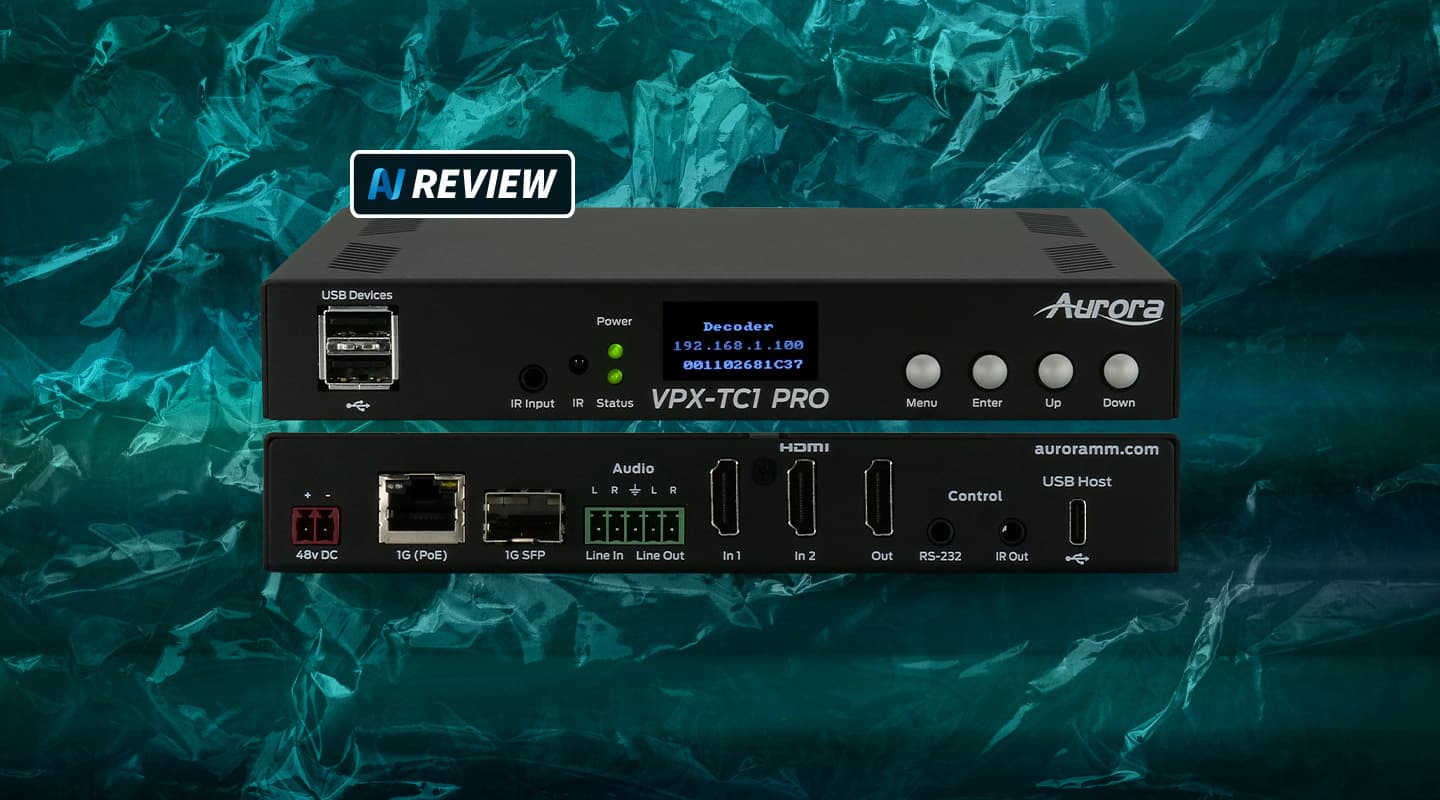
Review: Aurora VPX AVoIP System
Aurora’s 1Gb AVoIP solution has a bunch of category-leading features, including an Auracast transmitter.
Aurora Multimedia boss, Paul Harris, is refreshingly frank and dismissive of marketing over-reach. In my conversations with Paul it’s clear he runs an engineering-led company and he doesn’t build product that he thinks won’t bust a category.
You get the feeling Paul has comparison charts on the back of his bathroom door, pitting his products against market leaders with a long line of big green ticks in the Aurora column.
So right from the onset I knew VPX would be more than a just another me-too, AV-over-IP solution. No doubt there would be a some distinguishing, potentially category-busting, how-did-I-live-without-that features.
But let’s start with the meat n potatoes first.
VEEP FUNDAMENTALS
Fundamentally, the VPX Series is a one-gigabit AV-over-IP solution. Thanks to some proprietary compression called Mimix, VPX supports up to 4K60 4:4:4 lossless video, with sub-2ms latency over off-the-shelf 1gig network gear.
That latency is noticeably snappy. It’s fast enough for real-time KVM, glitch-free switching. In fact, at a quoted 1.78ms of sub-frame latency, VPX switching is basically invisible.
The units are transceivers. This is a key VPX feature. Whether you’re sending or receiving, it’s the same box. Not only does that make specifying a system easier, it makes spares and future expansion easier. It’s also an elegant nod to a growing demand for flexibility in system design, even while you’re in the field.
MORE THAN EXTENSION
VPX is more than a versatile HDMI extension platform, it handles USB-over-IP and is well suited to the job – it has genuine KVM chops. Want to extend a keyboard/mouse combo or push a webcam or memory stick over the network? Done. And, for bonus points, it does high-speed USB reliably, which opens doors for real collaboration.
Audio-wise, the VPX holds its own. Analogue audio de-embedding is built in, and very handily, you’ve got optional Dante for networked audio.
VPX is fanless, runs cool, and only draws around 8W of power. Yes, it can be PoE powered. The power overhead of dozens of encoders in a large project can quickly add up and VPX is light on the juice.
The on-screen display is simple, effective, rare and welcome. And the built-in web server makes setup a case of ‘type in the IP, tick some boxes, and Bob’s your uncle’. There’s even IR and RS232 support for control purposes, plus two network ports so you can daisy-chain if needed.
AURORA-CAST
One final, easter egg. Aurora has an optional Auracast dongle for VPX. It’s one of the first, if not the first of its kind, enabling one-way audio transmission to potentially thousands of Bluetooth 5.2+ devices, including smartphones, earbuds, and hearing aids, over distances up to 200 metres.
VPX joins a crowded market. And Aurora is certainly an outsider. But it’s an outsider with an edge, a New Jersey accent and a point to prove.
For those looking to transition from matrix to network without burning their budget or patience, the VPX Series deserves serious consideration.
AP Technologies: aptech.com.au
![[BT-AC1]-Aurora-Bluetooth-Auracast-Dongle-Accessory-for-the-VPX-Series-pichi](https://av.technology/wp-content/uploads/2025/07/BT-AC1-Aurora-Bluetooth-Auracast-Dongle-Accessory-for-the-VPX-Series-pichi.jpg)
FEATURES
- High-Quality Video Transmission: Supports 4K60 4:4:4 video over 1Gbps networks
- Low Latency: Achieves sub-frame latency of approximately 1.78 milliseconds
- Flexible Transceiver Design: Each unit can function as either a transmitter or receiver
- Advanced Audio Integration: Features audio de-embedding and support for Dante audio
- USB & KVM Support: Includes USB ports configurable as host or device
- Power Efficiency: Low power consumption (as little as 8W) and features a fanless design
- User-Friendly Interface: Equipped with an on-screen display (OSD) and integrated web server for straightforward navigation and configuration

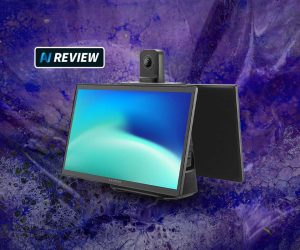
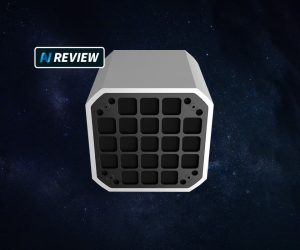

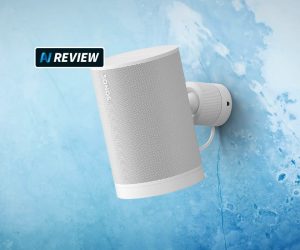
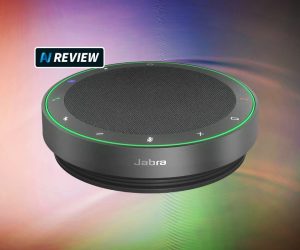
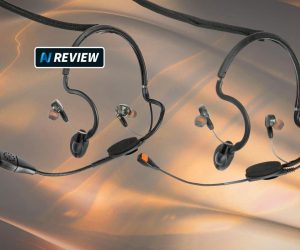
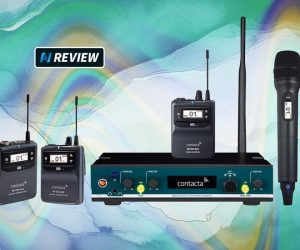

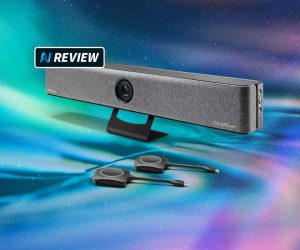
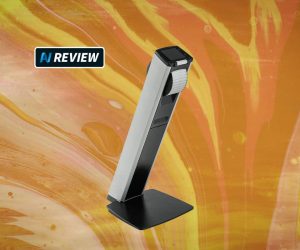
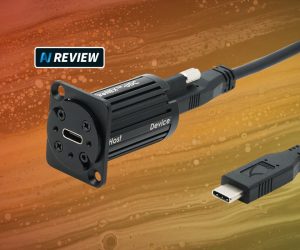



RESPONSES